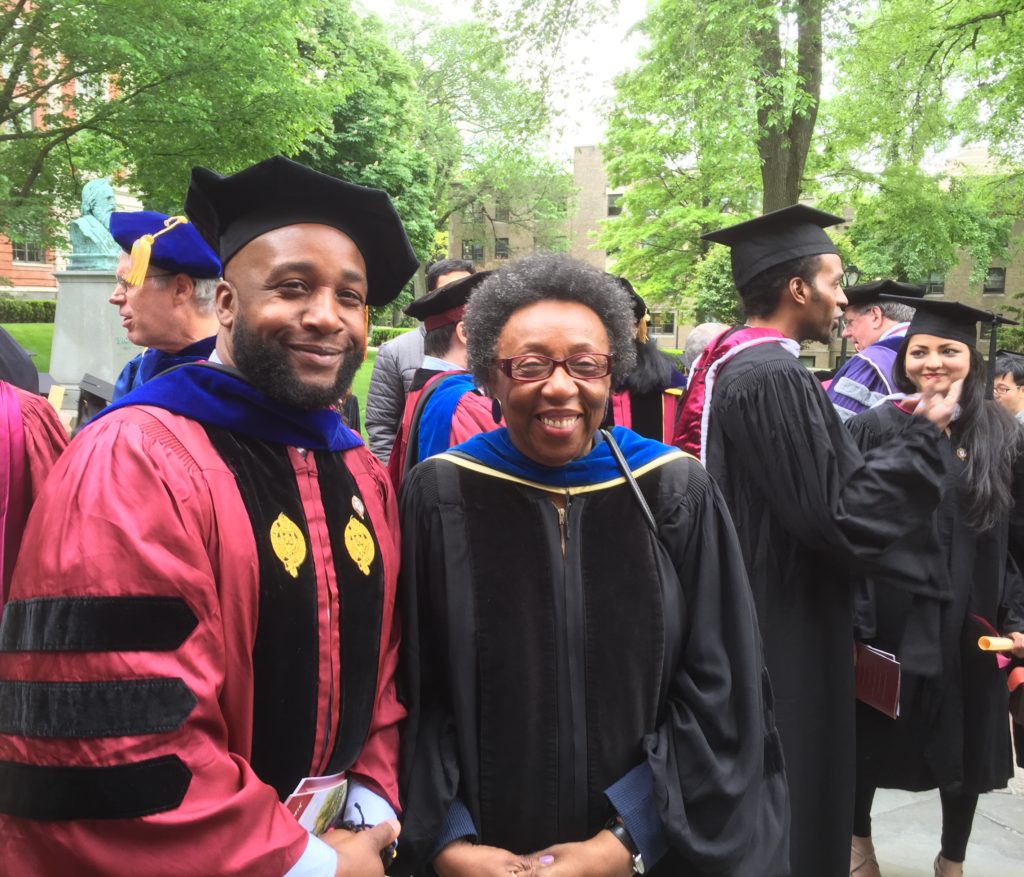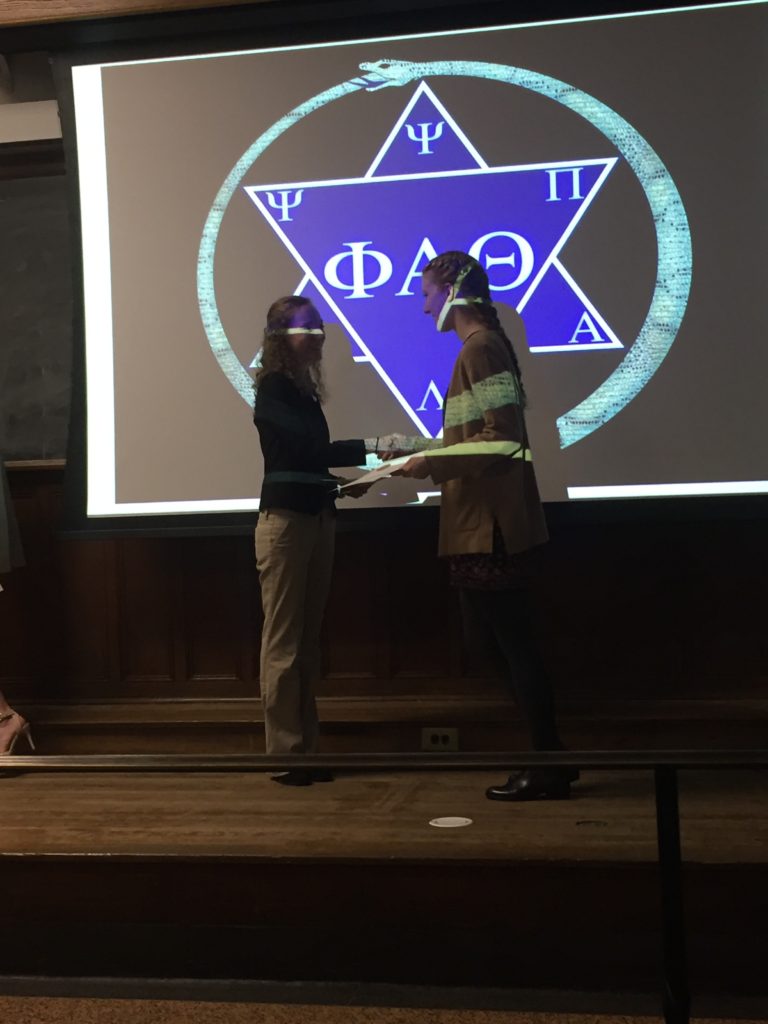This year, in conjunction with the department’s O’Connell Initiative, the History Department awarded a $250 O’Connell Research Award for the most original graduate student research on the history of global capitalism. This year’s winner was MA student Grace Healy, who won for her final research paper entitled “Swamp or Climax Region? Congressional Perceptions of the Everglades, 1947-1989” We asked Grace for details of her research, and she reports:
My project focused on the Everglades in South Florida, specifically the way in which members of Congress have thought about that landscape over the course of the second half of the twentieth century. As the people who mark the boundaries of land that will be preserved, I believe that congressmen’s perceptions of land, ecosystems, and the environment in general are an important aspect of conservation history.
I became interested in the Everglades because I enjoy analyzing the contradictory (or balanced, based on your perspective) way that Americans have managed land. For example, large portions of the Everglades are being protected because of its distinct environment. At the same time, however, vast tracts of the Everglades have been altered and manipulated for commercial reasons. I think that attempting to understand why certain types of landscapes are managed in these divergent forms is not only important to a historical understanding of the United States but also relevant to the environmental movement going forward.Professor Stoll was an excellent mentor throughout this project. At times he pushed me to think more critically about certain aspects, at other times he knew exactly what text I should read to gain more insight. I think he was most helpful when I was I was still developing my ideas. It can be really difficult to find the right project that can be completed in about a semester and half. Professor Stoll really helped me tailor my ideas so I could deeply investigate this one important aspect of the Everglades.















